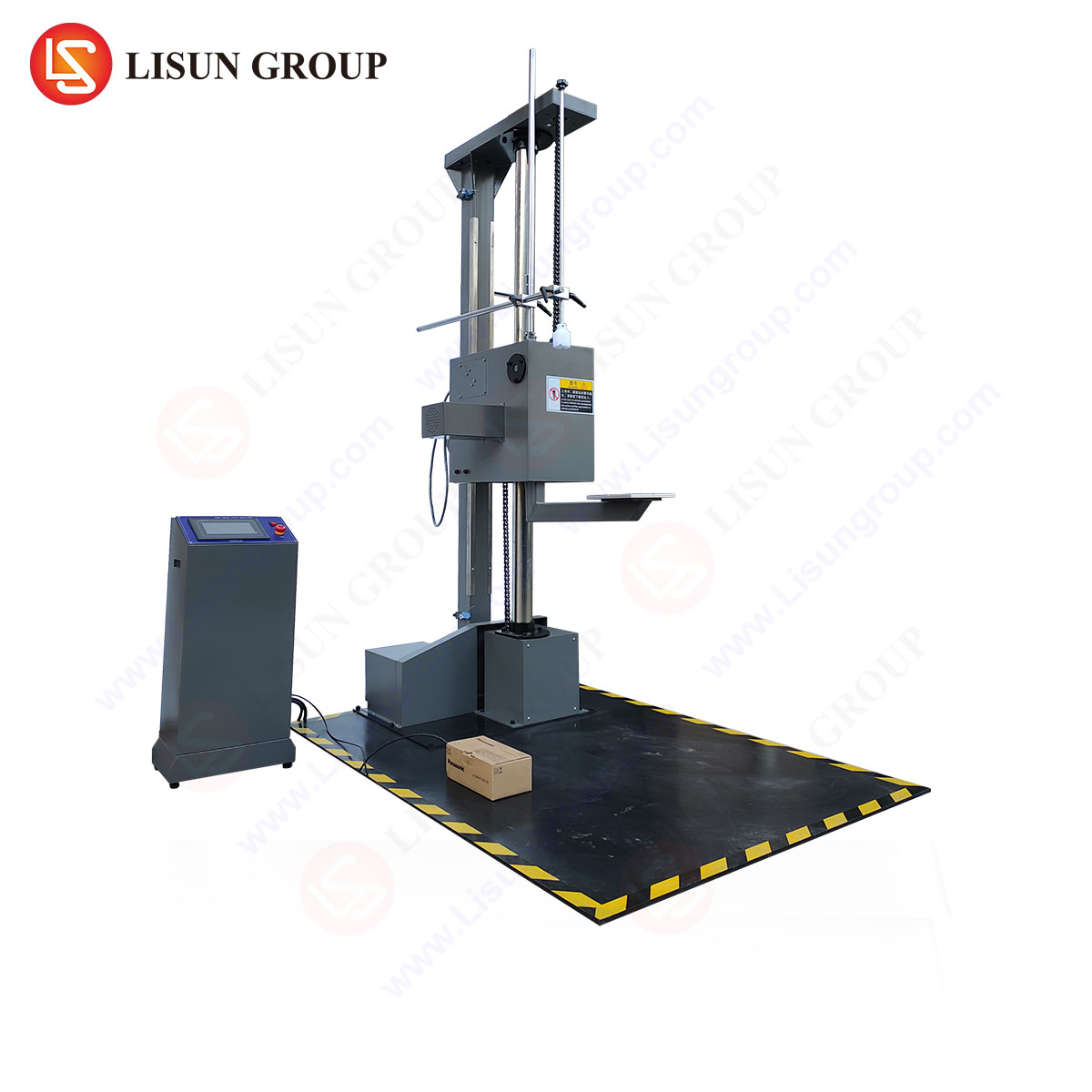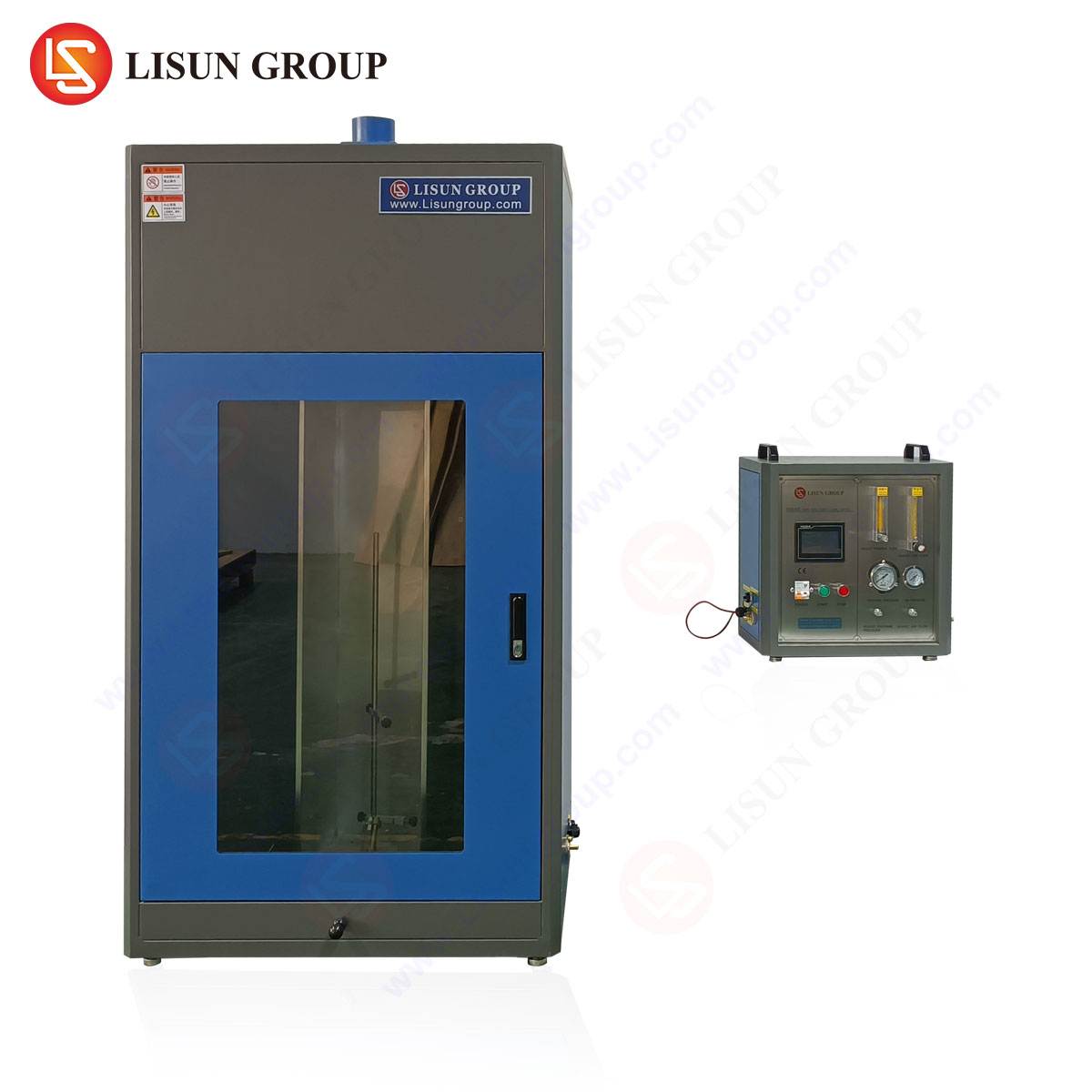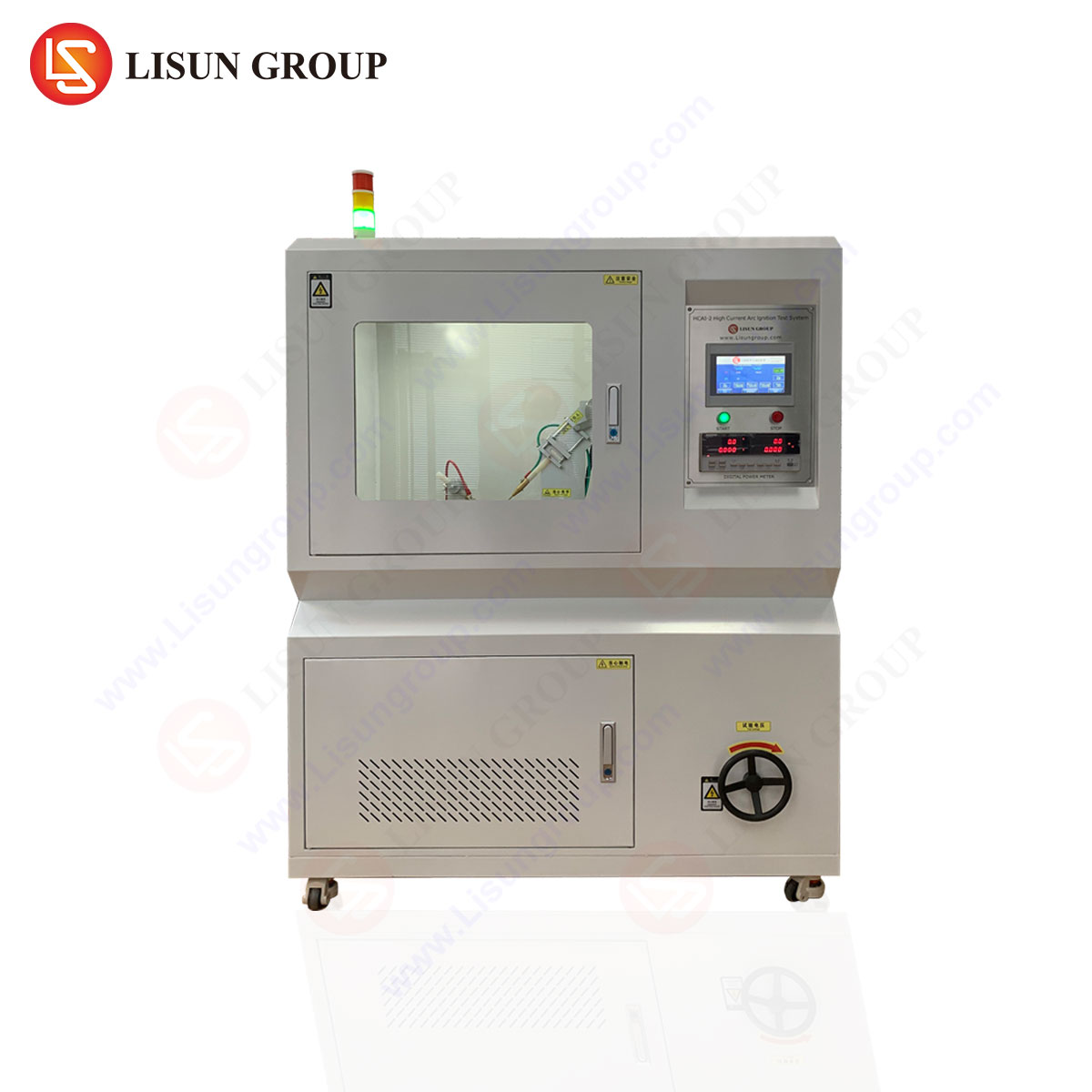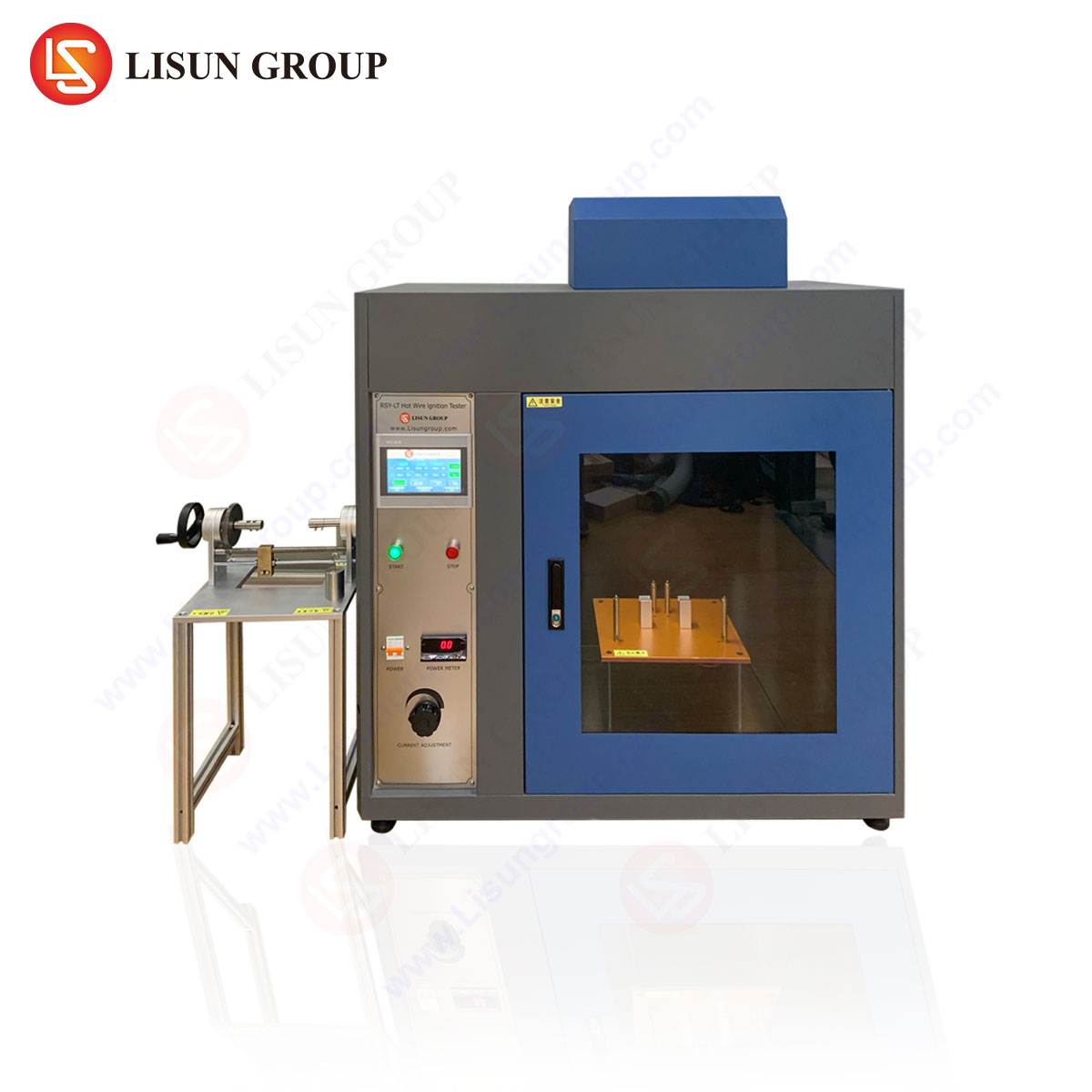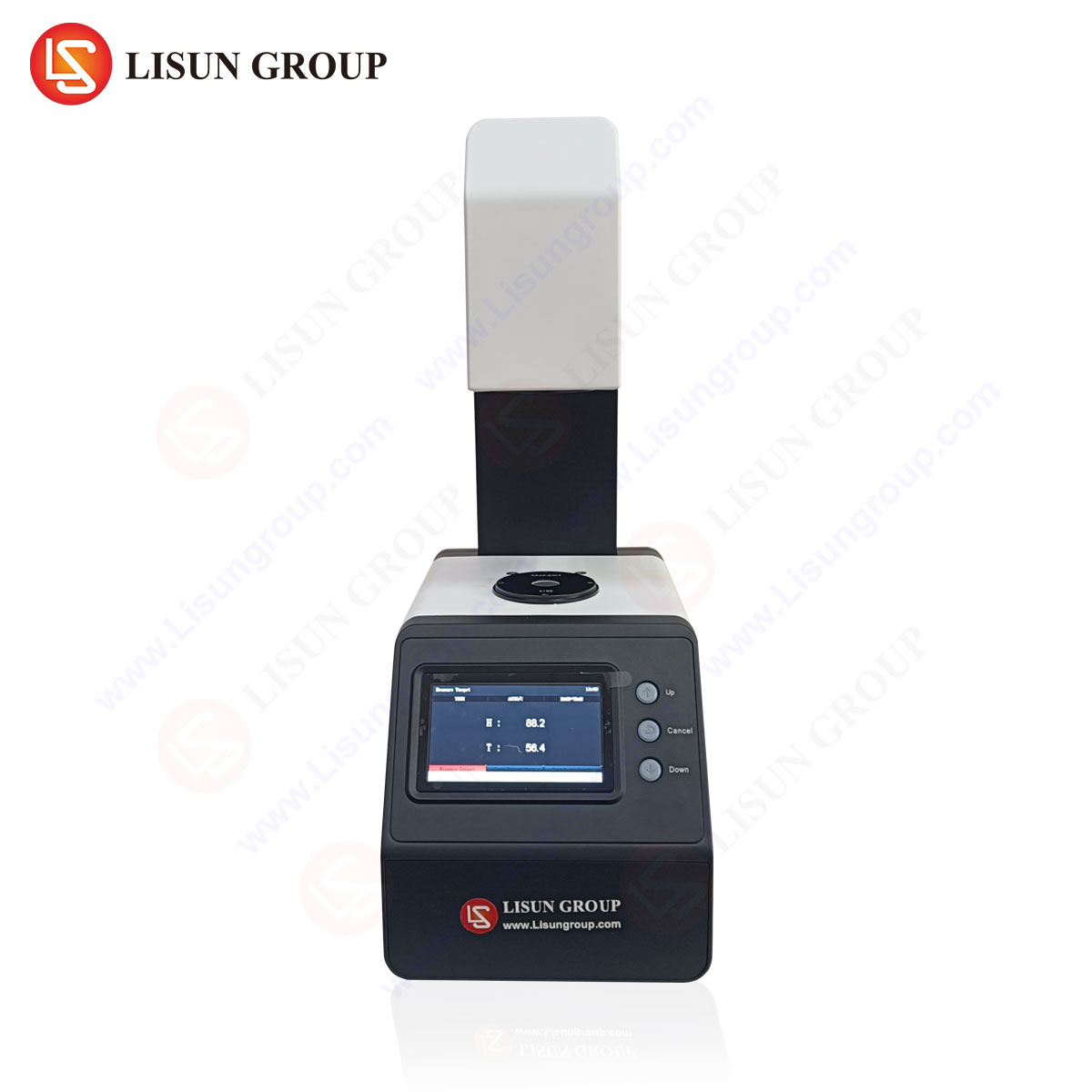Introduction to Impact Testing and Its Industrial Significance
Impact testing evaluates the mechanical durability of materials and components when subjected to sudden forces. Industries such as automotive electronics, aerospace, medical devices, and consumer electronics rely on impact testing to ensure product reliability under real-world conditions. The IK rating system (IEC 62262, EN 50102) classifies protection levels against mechanical impacts, guiding manufacturers in meeting regulatory and safety standards.
Among the leading solutions for impact testing, the 리순 IK07-10VT IK Test Machine provides precise, repeatable evaluations for enclosures, housings, and electronic components. This article examines its features, testing principles, and industrial applications while highlighting its competitive advantages.
Mechanical and Operational Features of the IK07-10VT IK Test Machine
그만큼 IK07-10VT is engineered to deliver controlled impact energy ranging from 0.14 J to 20 J, covering IK01 to IK10 ratings. Key mechanical attributes include:
- Adjustable Pendulum Mechanism: A calibrated pendulum system ensures consistent energy delivery with minimal variance (±5%).
- Automated Impact Positioning: Programmable XYZ-axis movement eliminates manual repositioning errors.
- Multi-Material Impactors: Tungsten carbide, steel, and polyamide impactors simulate different real-world collision scenarios.
- High-Speed Data Acquisition: Integrated sensors record force, velocity, and deformation at 10 kHz sampling rates.
Testing Principles and Compliance with Industry Standards
The IK07-10VT adheres to IEC 60068-2-75, IEC 62262, and EN 50102, ensuring compliance with global certification requirements. The testing process involves:
- Energy Calibration: Pre-test verification ensures impact energy aligns with IK ratings (e.g., 5 J for IK09, 20 J for IK10).
- Controlled Strikes: The pendulum or spring-loaded hammer delivers impacts at specified velocities (1.7–2.8 m/s).
- Post-Impact Evaluation: Visual inspection, electrical continuity tests, and structural integrity assessments determine pass/fail criteria.
For automotive electronics, impact resistance ensures dashboard components withstand vibrations. In lighting fixtures, IK-rated enclosures prevent damage from accidental strikes.
Industry-Specific Applications and Use Cases
Electrical and Electronic Equipment
Manufacturers of industrial control systems 그리고 telecommunications equipment use the IK07-10VT to validate enclosure durability against mechanical stress. For example, outdoor telecom cabinets must resist vandalism (IK08+) while maintaining IP65 sealing.
Household Appliances and Consumer Electronics
IK testing ensures smart home devices 그리고 kitchen appliances survive drops or impacts during handling. A washing machine’s control panel, for instance, requires IK06 certification to prevent operational failures.
Medical Devices and Aerospace Components
Portable medical equipment (IK07+) must endure transportation shocks. Aerospace wiring systems undergo IK testing to verify resilience against in-flight vibrations.
Comparative Advantages of the IK07-10VT Over Conventional Impact Testers
- Enhanced Repeatability: Automated impact positioning reduces human error, improving test consistency.
- Multi-Standard Compatibility: Supports IEC, EN, and ISO standards without hardware modifications.
- Adaptive Impact Energy Control: Digital calibration adjusts for material variations (e.g., plastic vs. metal enclosures).
Technical Specifications of the IK07-10VT IK Test Machine
| 매개변수 | 사양 |
|---|---|
| Impact Energy Range | 0.14 J – 20 J |
| IK Rating Coverage | IK01 to IK10 |
| Impact Velocity | 1.7–2.8 m/s |
| Hammer Materials | Steel, Tungsten Carbide, Polyamide |
| Positioning Accuracy | ±0.5 mm |
| Data Sampling Rate | 10 kHz |
Frequently Asked Questions (FAQ)
Q1: What industries require IK07 or higher impact ratings?
A1: Automotive electronics, outdoor telecommunications, and industrial machinery often demand IK07+ due to harsh operating conditions.
Q2: How does the IK07-10VT ensure compliance with IEC 62262?
A2: The machine’s calibrated energy delivery and automated strike positioning align with IEC-prescribed test methods.
Q3: Can the IK07-10VT test non-metallic enclosures?
A3: Yes, interchangeable impactors accommodate plastics, composites, and metals without recalibration.
Q4: What maintenance is required for the pendulum mechanism?
A4: Biannual lubrication and torque verification ensure consistent energy output.
Q5: How does IK testing differ from drop testing?
A5: IK tests simulate localized impacts (e.g., tool strikes), whereas drop tests evaluate overall structural integrity from falls.


